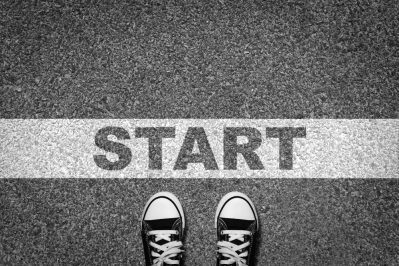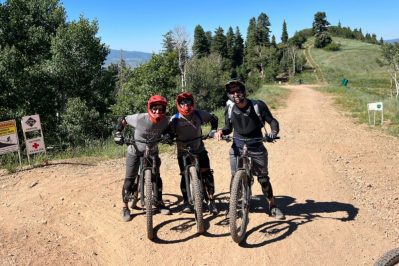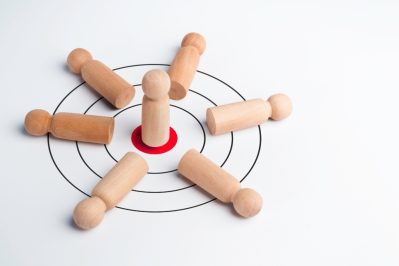A few months back, I was invited to deliver a keynote speech at an event for a few hundred executives. Though the speech was less than an hour, it was many hours in the making.
A few weeks before the event, I joined a call with the organizers to confirm the content, my start time, presentation time and other logistics. Then, I trimmed my slide deck to ensure it matched the allotted time—my cadence is one slide per minute.
When I traveled to the event, I packed my bag of cables that can connect my laptop to pretty much any presentation system or projector, as well as my own slide advancer. I also made sure I had a copy of my presentation saved locally on my computer and backed up in the cloud.
I arrived in the afternoon the day before my speech to make certain I would not get derailed by any delays. After a good night’s sleep, I practiced my full presentation twice to ensure the timing was right. Then, I arrived at the venue an hour early to meet with the AV team to double check they had my slides, review the AV setup and determine whether I could see my presentation notes on the confidence monitor, which is my preferred set-up. This full routine is built off personal best practices, advice from top speakers and learnings from my previous mistakes.
Upon arriving, I discovered the confidence monitor would not display my notes, so the AV team and I decided I would run the presentation off my laptop on the stage and use my own slide advancer. I tested everything with the AV team during a session break before my speech and noted the countdown clock in the back of the room.
I opened the speech with one of the three best ways to starts off a speech, which I had learned from my good friend and speaking guru Conor Neil, who coached me for my TEDx Talk. As I scanned the audience to connect with the crowd, I also kept my eye on the two hosts in the corner of the room to make sure they looked happy and engaged, and I regularly monitored the countdown clock.
As a result of all that preparation and coordination, the speech went well; I finished on time, took plenty of questions and received good feedback.
The speaker who followed me took a different approach, however. Though he was a world-renowned expert in the subject matter of the conference, he began by commenting that he was not a professional speaker, downplaying his credibility and experience at the outset and even drawing a comparison to my speech.
Surprised to hear this, I turned toward the speaker and discovered that someone was crouched at a computer on the side of the stage, advancing the presentation slides manually and trying to match the speaker’s cadence. And while the speaker’s content and delivery were excellent, he had far too many slides for the allotted time. Before long, the countdown clock was warning the speaker that he was five minutes past the deadline, but the speaker didn’t notice either the clock or the hosts pointing to their wrists.
After another five minutes, the event hosts were clearly frustrated and jumping up and down to get the speaker’s attention. Eventually, someone had to pull the speaker off the stage mid-slide before he could properly close.
Needless to say, this is not how anyone wants to finish their presentation. While this speaker might have been one of the foremost experts in his field, he did not appear to be fully prepared to speak that day, leading to a suboptimal outcome for both him and the audience.
Most of us are entering 2022 with big plans for what we want to accomplish and I have shared some great tactics over the years for this including using the domino effect, creating vision boards and avoiding New Years resolutions. But no matter what we set out to do this year, we need to make sure our intent and talent is matched with the necessary amount of practice and preparation.
It’s great to have goals and it’s great to have a plan. But being prepared is often the most important thing we can do to guarantee the best outcome. How will you prepare to make 2022 a great year?
Quote of The Week
“Failing to prepare is preparing to fail.”
– Benjamin Franklin









